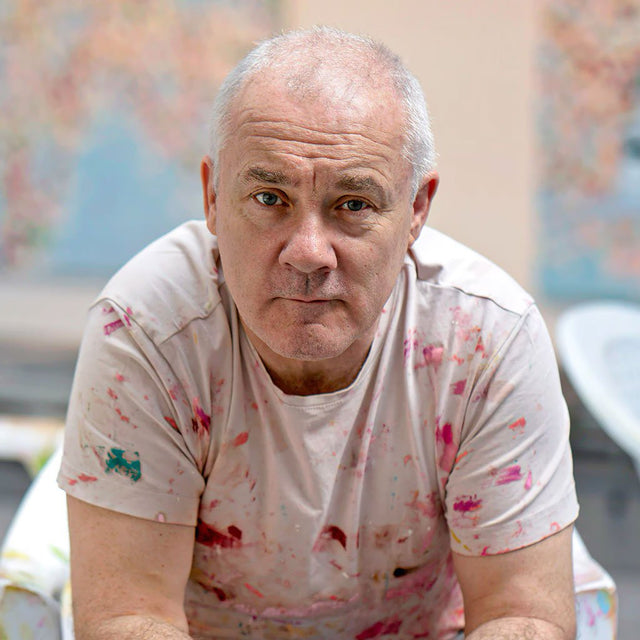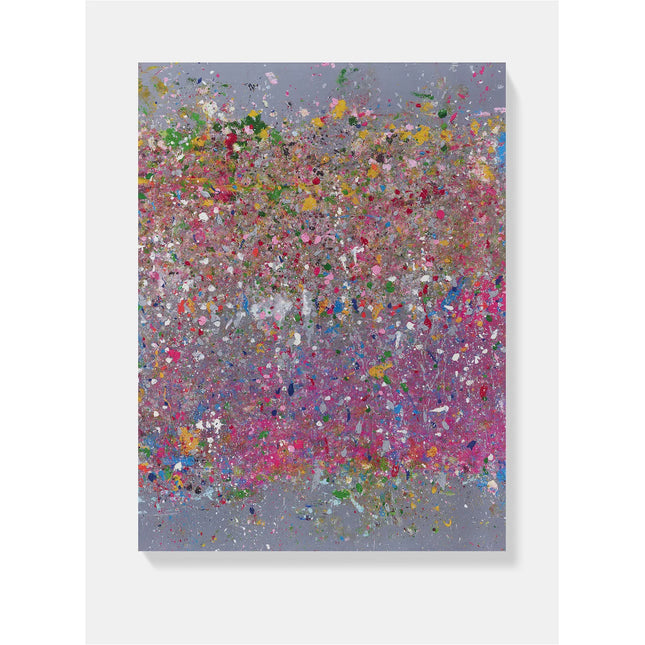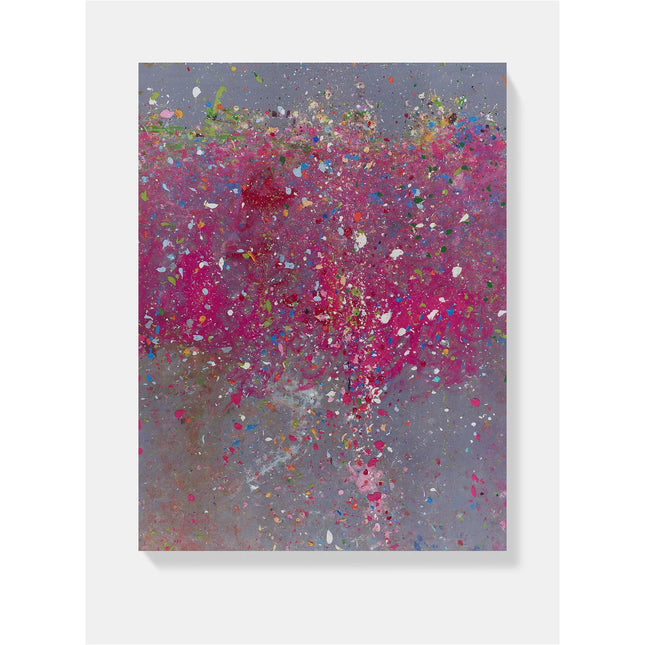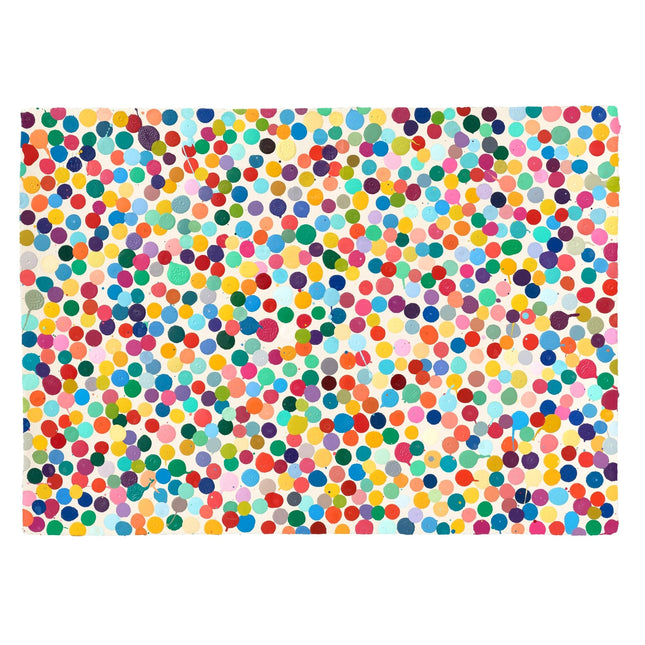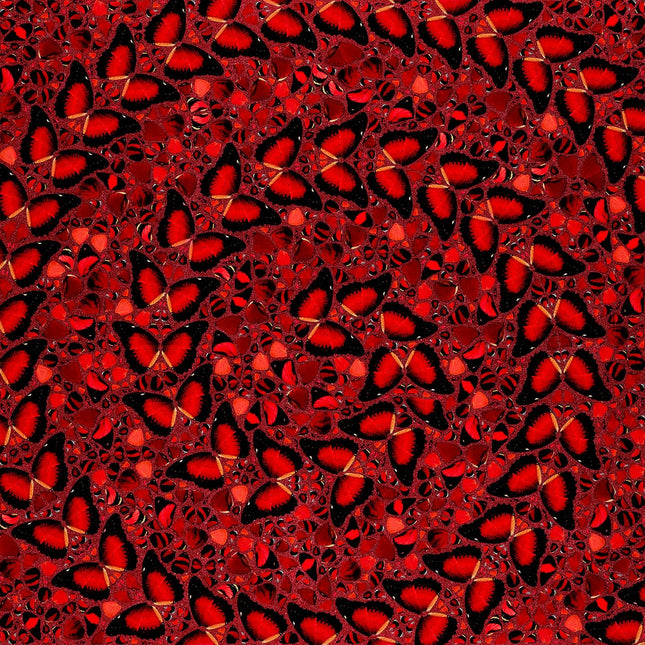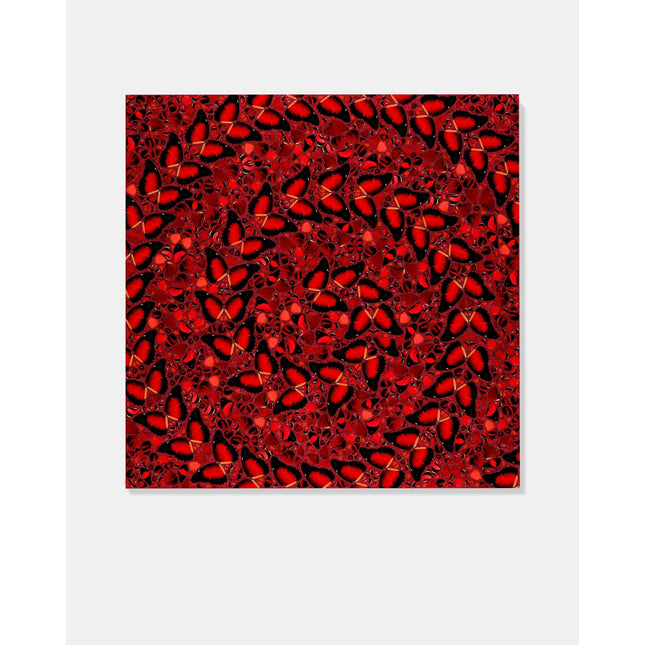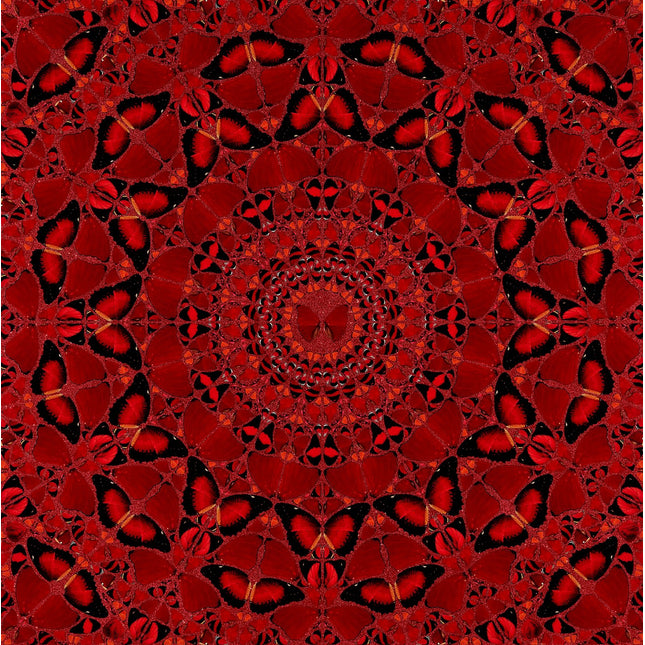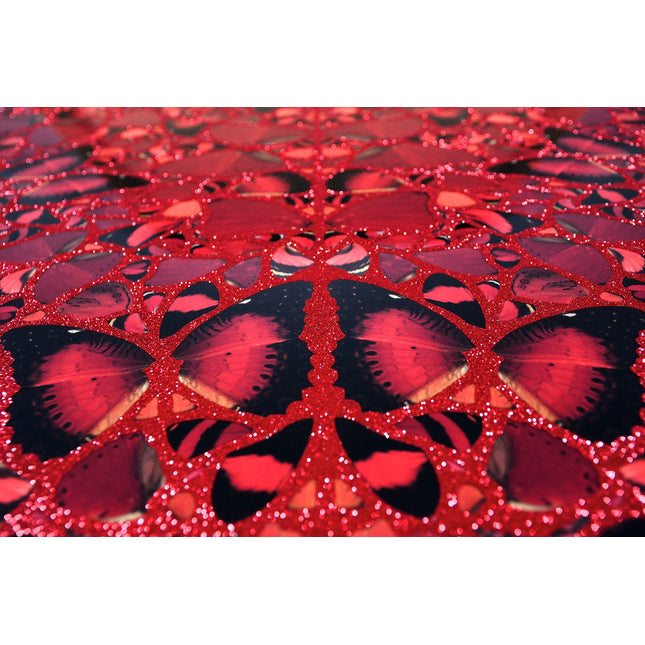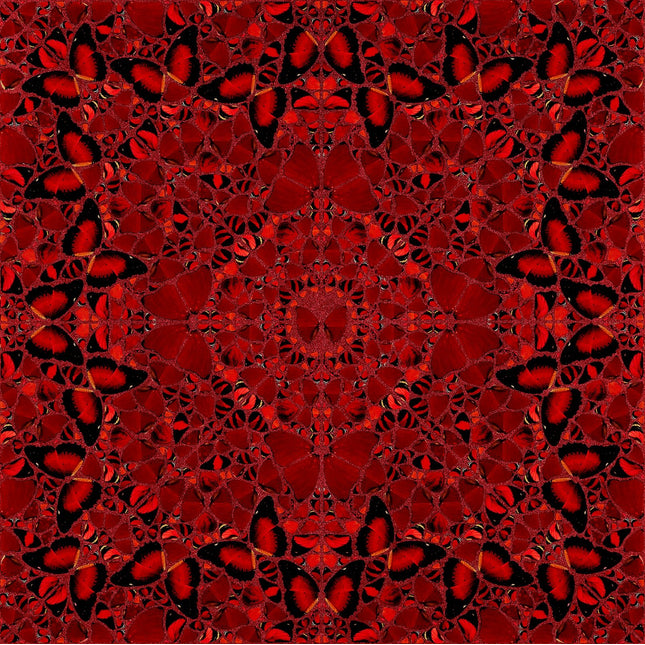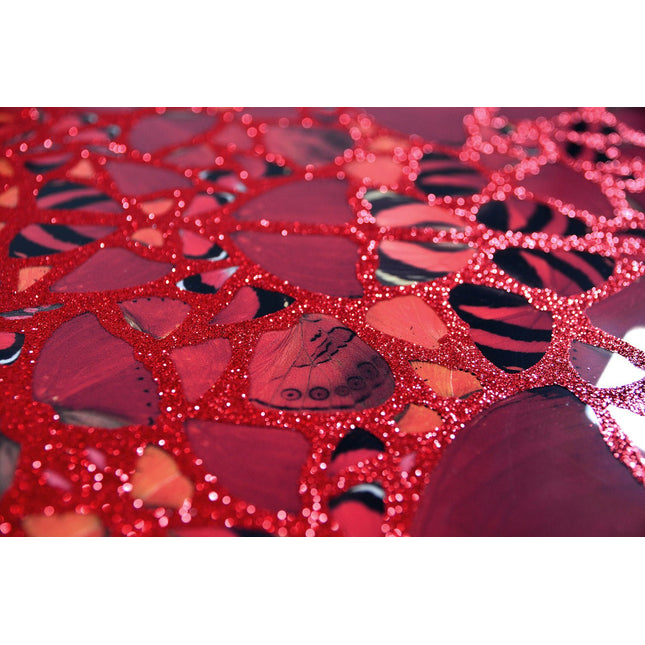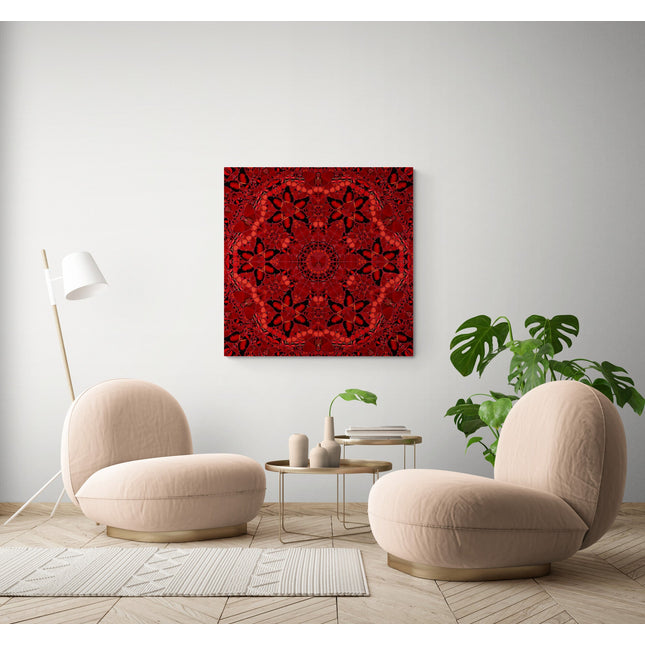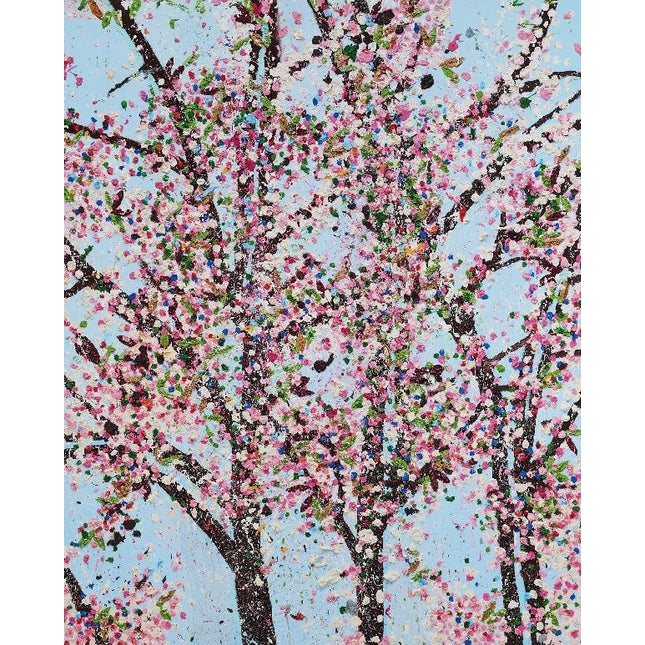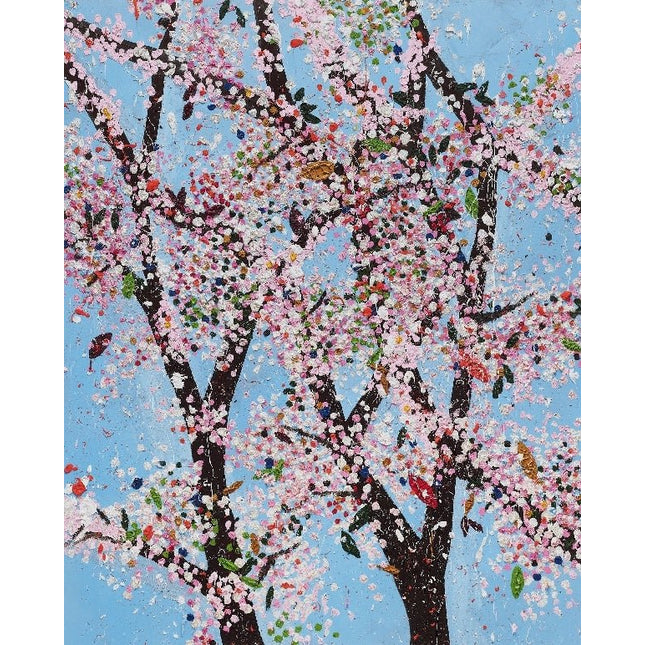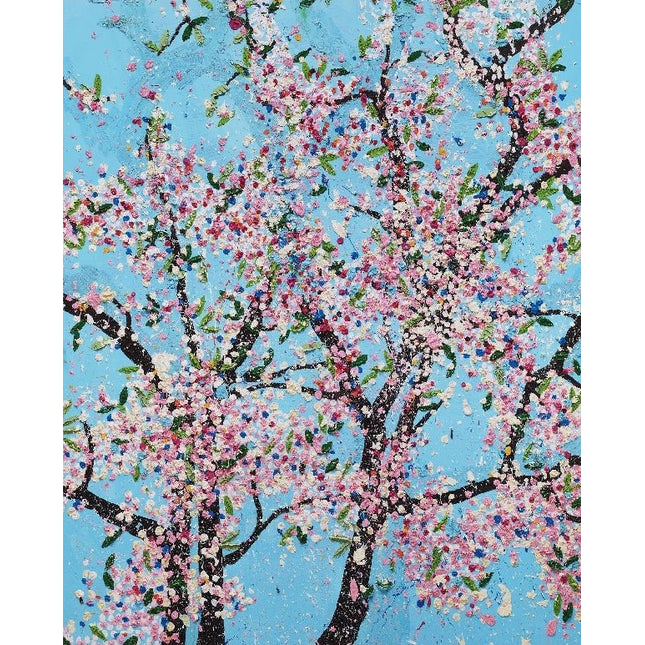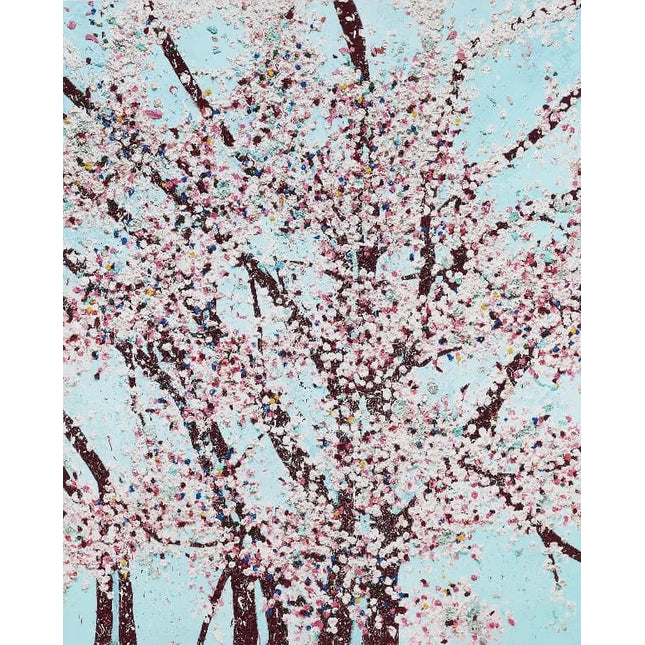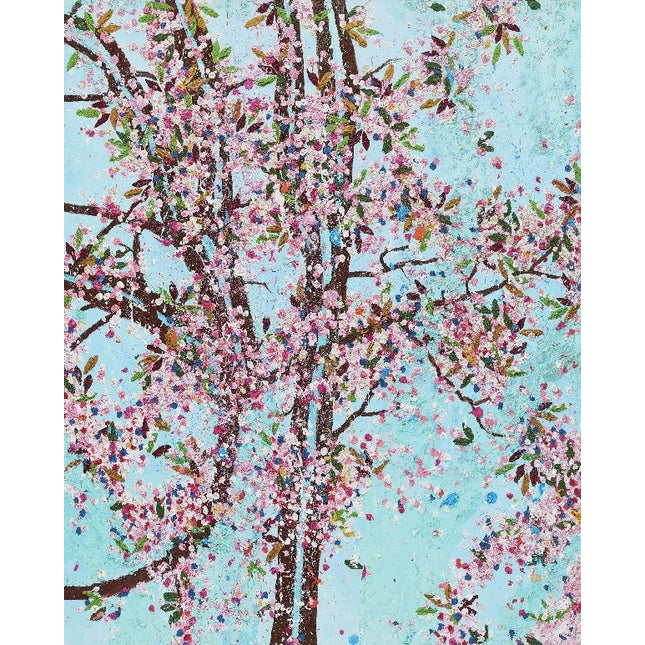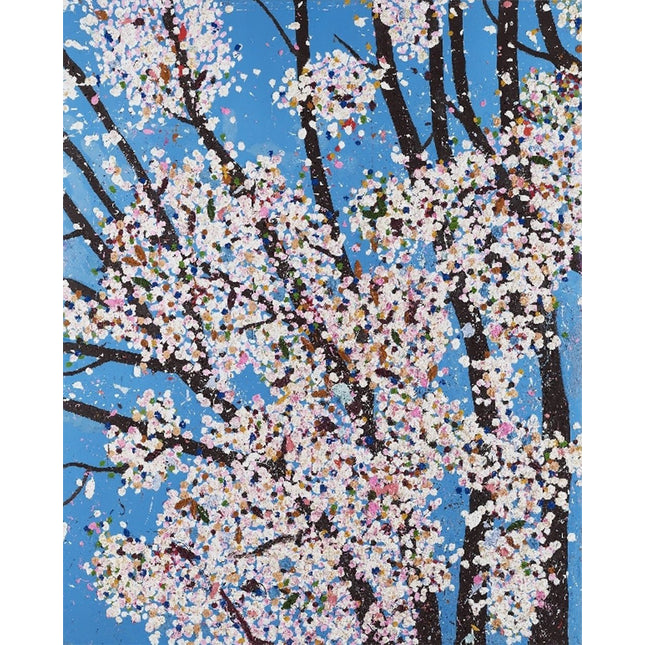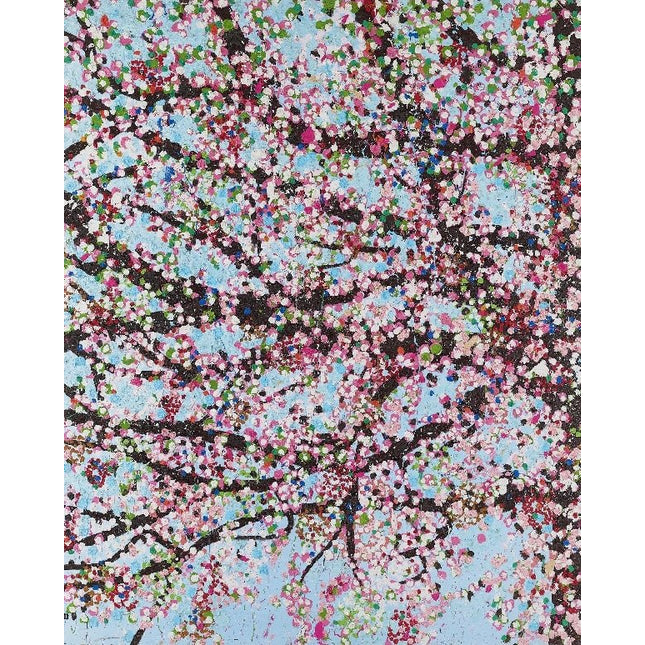Damien Hirst is a British contemporary artist born on June 7, 1965, in Bristol, England. He is best known for his controversial works, which often explore themes of death, mortality, and the human condition. Hirst rose to fame in the 1990s as one of the leaders of the Young British Artists (YBAs) movement, a group of artists who gained international recognition for their avant-garde and often shocking works.
Hirst grew up in Leeds, North Yorkshire, and moved to London in 1984 to study Fine Art at Goldsmiths College. It was there that he first gained attention for his work, particularly his installations, which often included live animals in formaldehyde-filled tanks. His earliest notable work was "The Physical Impossibility of Death in the Mind of Someone Living" (1991), a tiger shark preserved in formaldehyde and displayed in a glass tank.
Hirst's art is often characterized by its use of unexpected materials, such as live animals, medical equipment, and pharmaceuticals. He is also known for his exploration of the themes of mortality and the fragility of life. Some of his most famous works include "For the Love of God" (2007), a platinum cast of a human skull encrusted with over 8,000 diamonds, and "The Golden Calf" (2008), a life-size sculpture of a calf made entirely of 18-carat gold.
Throughout his career, Hirst has been a controversial figure in the art world, with some critics accusing him of creating works solely for shock value. However, his work has also been celebrated for its innovation and its ability to provoke conversation and challenge traditional notions of art.
In addition to his work as an artist, Hirst has also been involved in various other projects. In 1995, he co-founded the art collective known as the Young British Artists, which included other notable artists such as Tracey Emin and Sarah Lucas. He has also collaborated with various fashion designers, including Alexander McQueen and Miuccia Prada.
Hirst has had numerous solo exhibitions and has been featured in many group shows around the world. In 2012, he was the subject of a major retrospective at the Tate Modern in London, which was the most-visited solo exhibition in the museum's history. His work is held in the collections of major museums and institutions around the world, including the Museum of Modern Art in New York, the Tate Modern in London, and the Centre Georges Pompidou in Paris.
Despite his success as an artist, Hirst has also faced criticism and controversy throughout his career. In 2008, he caused a stir in the art world when he bypassed his dealers and auctioned off a series of new works directly through Sotheby's. The sale, which took place during the height of the global financial crisis, was a success, but it also drew criticism from some who accused Hirst of being motivated solely by money.
Despite this, Hirst remains one of the most influential and celebrated artists of his generation. His work continues to challenge and inspire audiences around the world, and his legacy is sure to endure for many years to come.
